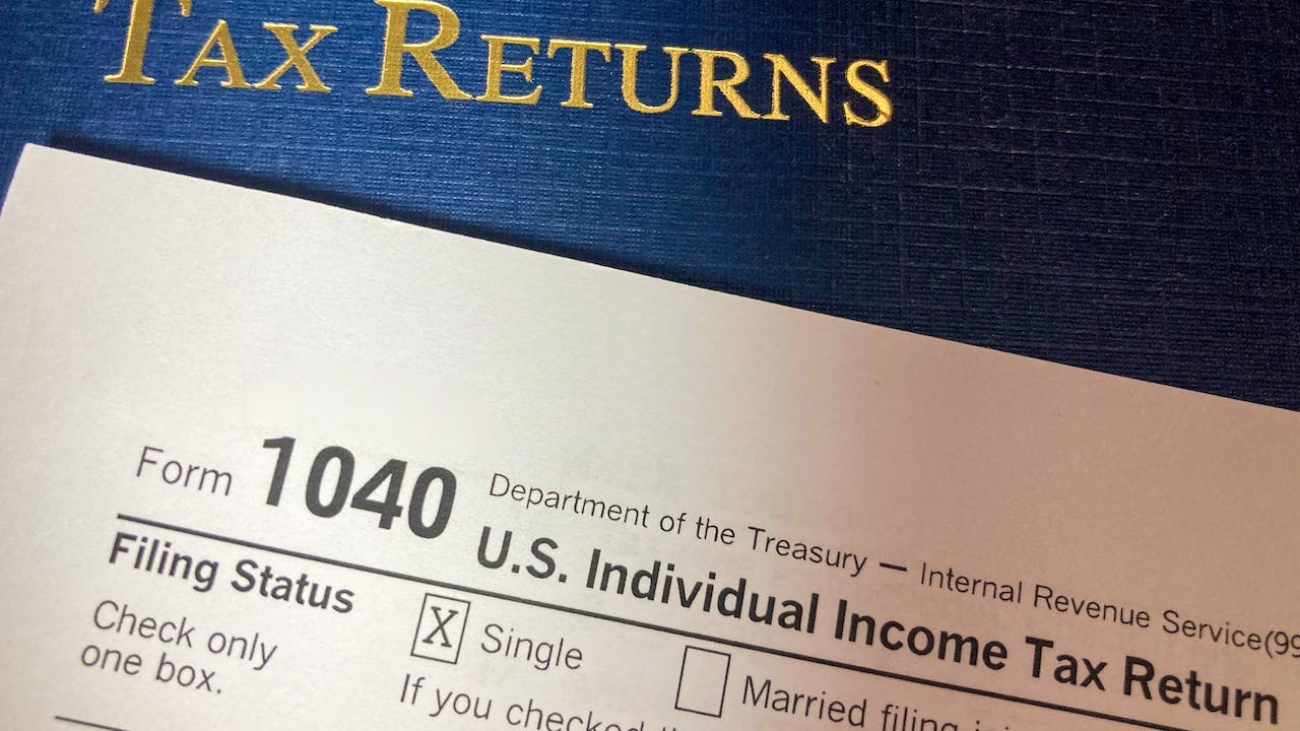HomeFinancial Insights
Table of Contents
How to File Taxes for DoorDash Income: A Comprehensive Guide
Working as a DoorDash driver offers flexibility and opportunities for income, but it also comes with tax responsibilities. To ensure compliance and maximize deductions, follow this comprehensive guide on how to file taxes for your DoorDash earnings.
Navigating Your DoorDash Taxes: A Comprehensive Guide for Independent Contractors
Driving for DoorDash offers flexibility and income opportunities, but it also comes with tax responsibilities. As an independent contractor, you have specific obligations and opportunities to optimize your tax situation. This comprehensive guide will help you navigate the intricacies of DoorDash taxes, ensuring you stay compliant while maximizing your deductions.
Understand Your Tax Classification
- DoorDash drivers are classified as independent contractors, not employees. This classification means you are responsible for handling your own taxes, including income tax and self-employment tax (covering Social Security and Medicare taxes).
Keep Detailed Records
- Maintain meticulous records to facilitate smooth tax preparation. This includes:
- Earnings summaries from DoorDash.
- Receipts for business-related expenses like fuel, maintenance, and other costs.
- A comprehensive mileage log that accurately tracks your business-related miles.
Separate Business and Personal Finances
- Open a dedicated bank account for your DoorDash earnings and related expenses. This separation streamlines your financial tracking, making it easier to manage your business finances and simplifying record-keeping.
Understand Deductible Expenses
- As an independent contractor, you have the opportunity to reduce your taxable income through various deductions. Common deductions for DoorDash drivers include:
- Mileage: Deduct business-related miles driven using the standard mileage rate provided by the IRS.
- Vehicle Expenses: Include fuel, maintenance, insurance, and depreciation.
- Phone and Data Expenses: Deduct a portion of your phone bill related to business use.
- Bags and Equipment: Account for costs associated with delivery bags and other necessary equipment.
Quarterly Estimated Tax Payments
- DoorDash doesn’t withhold taxes from your earnings, so it’s essential to make quarterly estimated tax payments to the IRS. Calculate your estimated tax liability based on your income and expenses to avoid underpayment penalties.
File a Schedule C with Your Tax Return
- Utilize IRS Schedule C (Profit or Loss from Business) to report your DoorDash income and expenses. This form helps determine your net profit, subject to income tax and self-employment tax.
Leverage Tax Software or Consult a Professional
- Consider using tax software designed for independent contractors or consult with a tax professional. Tax software provides guidance through the filing process, while a professional can offer personalized advice tailored to your specific situation.
Be Mindful of State and Local Taxes
- Alongside federal taxes, be aware of state and local tax obligations. Specific locations may have additional requirements or rates for independent contractors.
Save for Taxes Throughout the Year
- Establish a habit of setting aside a portion of your DoorDash earnings throughout the year to cover your tax liabilities. This proactive approach prevents financial strain when tax payments are due.
Stay Informed About Tax Changes
- Tax laws are subject to change, impacting your filing requirements. Stay informed about updates and adjustments that may affect your DoorDash tax obligations. Periodic check-ins on tax laws ensure you remain compliant and take advantage of any new opportunities for deductions.
By following these steps, you’ll not only meet your tax obligations but also optimize your financial situation as a DoorDash driver. If you ever need personalized assistance or have specific questions, consider consulting with a tax professional who can guide you through the process with expertise tailored to your unique circumstances.
Note: The information provided is general in nature, and individuals should consult with tax professionals for personalized advice based on their unique circumstances.
Stay informed, stay compliant.







































